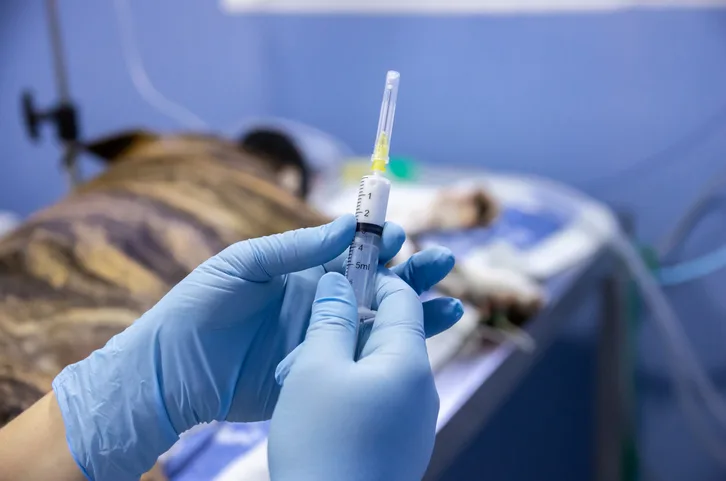
In the Literature
Pinho RH, Tscheng D, Cheema JS, Pang DSJ. Incidence and type of voluntary reported perianesthetic medication errors in community veterinary clinics in Calgary, Canada. Am J Vet Res. 2024;85(9):ajvr.24.04.0119. doi:10.2460/ajvr.24.04.0119
The Research …
Medication errors account for >40% to 60% of medical errors in human and veterinary medicine.1-3 The perianesthetic period (comprising premedication, induction, maintenance, recovery, and postoperative stages) is particularly susceptible to errors due to use of multiple medications, time pressure, and a single team member often being responsible for drawing up and administering drugs.
This study examined the number and type of medical errors during the perianesthetic period in 6 private veterinary clinics in Canada. Following an orientation session, team members voluntarily reported medication errors through an online system, including outcome, patient characteristics, stage of anesthesia, type of error, drugs involved, and team members involved. Errors were categorized as near miss or reached the patient based on whether they were identified before or after administration.
A total of 49 errors were reported during 2,728 anesthetic events. One report was excluded as a duplicate. With this exclusion, incidence of medical errors was 1.8%, with the majority being near miss (69%). Incorrect dose was the most common type of error (63%), followed by incorrect drug (13%), incorrect time of administration (10%), incorrect route of administration (10%), and incorrect patient (8%). Errors were usually identified by a registered veterinary technician (66%). Most errors were discovered by another member of the team (61%) rather than self-identified. Common contributing factors included workload (26%), environment (21%), interruptions (21%), and miscommunication (18%).
… The Takeaways
Key pearls to put into practice:
A culture of safety is the responsibility of all team members. Encouraging reporting of near-miss events can help normalize error identification.4
Empowering veterinary technicians to check the work of others (including clinicians and other technicians) and verbalize potential problems may help identify and prevent errors.5
Instituting systems in which medical mathematics are checked by a separate team member or an automated calculator should help reduce the risk for dose errors, which are most common.6
When workload is substantial, team members should be encouraged to pause and reflect or remove themselves from high-distraction environments to minimize interruptions.
You are reading 2-Minute Takeaways, a research summary resource presented by Clinician’s Brief. Clinician’s Brief does not conduct primary research.